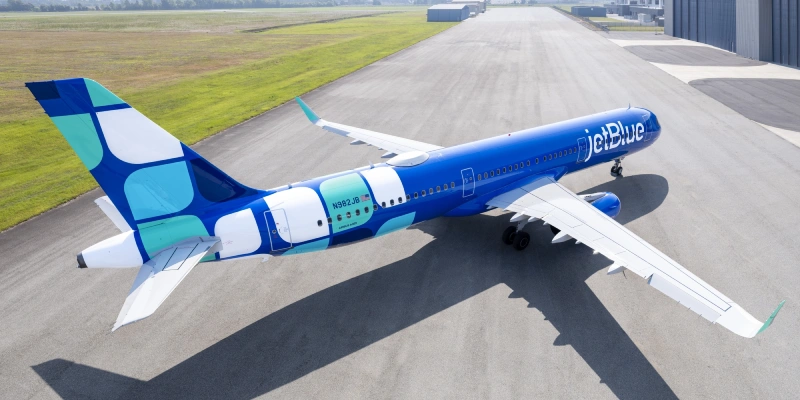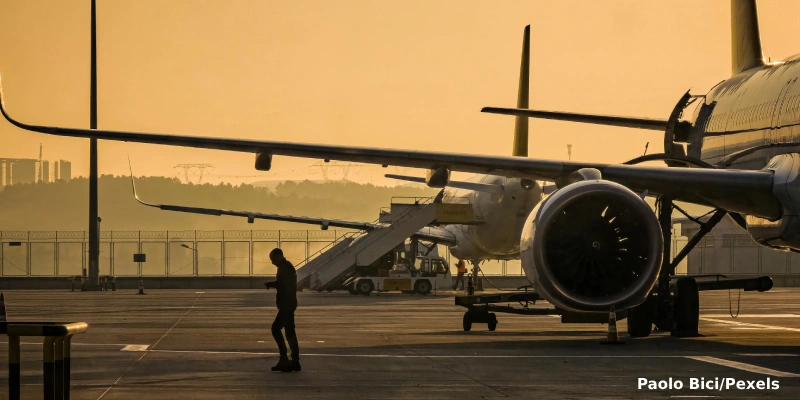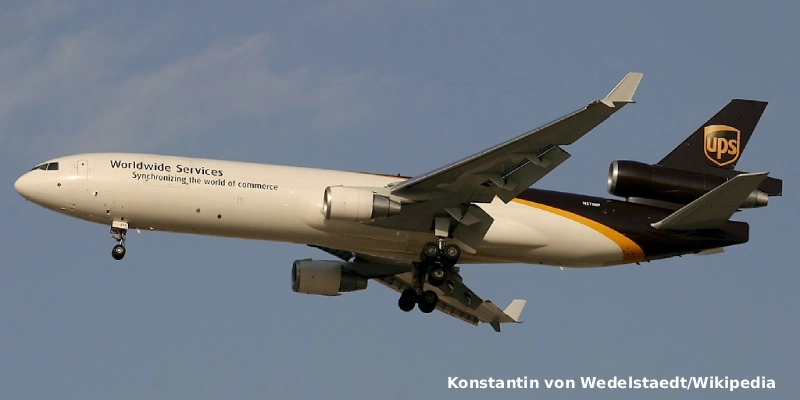Amid a backdrop of geopolitical and economic tensions, Lufthansa and Air France-KLM surprised the market with solid financial results in the second quarter. Far from being impacted by the U.S.-driven trade war or the euro’s weakening against the dollar, both companies managed to increase their operating profits, driven by high demand on transatlantic routes and stricter cost controls.
Results Exceed Expectations
Lufthansa reported a 27% year-on-year increase in operating profit, reaching 871 million euros. This figure comfortably surpassed the average analyst forecast of 805 million euros.
“While the second quarter was again marked by geopolitical crises and economic uncertainties, today we confirm our positive outlook for the full year,” said Carsten Spohr, CEO of the group, in a statement.
During a press conference, Spohr admitted that the future of demand remains uncertain but highlighted that falling oil prices and implemented efficiency measures have contributed to maintaining a stable projection for the rest of the year.
Air France-KLM: Luxury as a Growth Driver
The Air France-KLM group also recorded significant growth. Its operating profit reached 736 million euros, compared to 513 million in the same period the previous year. The figure was in line with market expectations.
Air France has benefited from increased demand for flights to Paris, leveraging the appeal of the French brand and its connection to luxury. However, KLM continues to face operational challenges at Schiphol Airport in Amsterdam, which has limited its performance.
CEO Ben Smith stated that the group aims to strengthen its presence in Copenhagen after acquiring a majority stake in the Scandinavian airline SAS. This could involve reallocating resources from subsidiaries Air France and KLM to the Nordic operation.
Despite the financial success, Lufthansa’s shares fell 1.4% following the announcement, while Air France-KLM’s shares rose 0.6%.
Medium-Term Outlook
Lufthansa and Air France-KLM have managed to stabilize and grow in a complex environment. Although challenges such as labor costs or fluctuations in Asian demand persist, their strategic bets—such as expansion in Italy or Scandinavia—are yielding concrete results.
The recovery of the aviation sector will not be uniform, but airlines that can adapt quickly and precisely to the new global landscape appear to be in a better position to lead the next stage.
Related Topics
JetBlue to Connect Rochester and Orlando with Year-Round Direct Flights
Boeing Advances 777-9 Certification: Enters Third Testing Phase
Trump Demands Immediate Return of Air Traffic Controllers Amid Increase in Flight Cancellations
UPS and FedEx Ground Their MD-11F Fleets Following Fatal Accident in Louisville

Plataforma Informativa de Aviación Comercial con 13 años de trayectoria.




